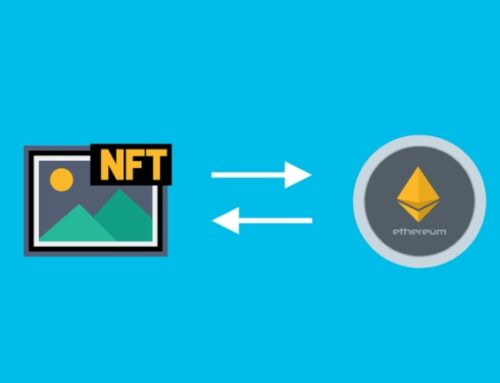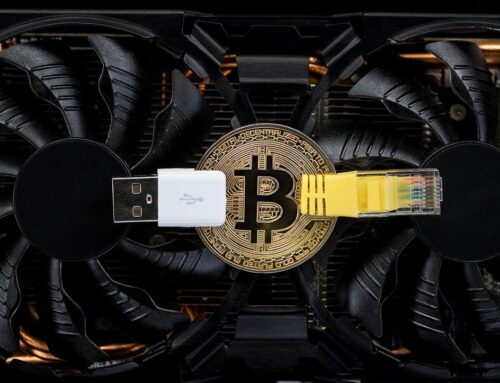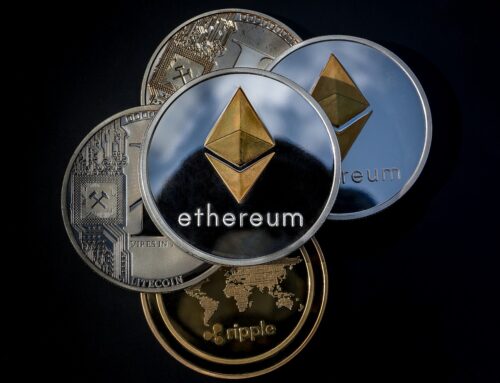Blockchain is the technology that enables the existence of cryptocurrency (among other things). Bitcoin is the name of the best-known cryptocurrency, the one for which blockchain technology was invented. A cryptocurrency is a medium of exchange, such as the US dollar, but is digital and uses encryption techniques to control the creation of monetary units and to verify the transfer of funds.
What is a Bitcoin?
A Bitcoin is a decentralized digital currency which works as an alternative to the fiat monetary system. One can buy, sell or exchange a bitcoin directly, without the need of an intermediary like a bank. A Bitcoin is built on a distributed digital record called a blockchain.
The Bitcoin is limited in nature, while all other fiat currencies are produced by the government periodically. This means Bitcoin has an increased scarcity and hence is of high value. It is considered as the original crypto, and its launch in 2009 is what started the whole cryptocurrency movement.
Bitcoin History and Philosophy
Bitcoin was launched in 2009 in the wake of the economic recession. Bitcoin – and the blockchain technology on which it operates – was invented by an individual or group of individuals operating under the pseudonym Satoshi Nakamoto. The identity of the person who created the technology continues to remain a mystery.
Bitcoin has one of the most volatile trading histories and has undergone several rallies and crashes since then. Satoshi Nakamoto has originally designed it for using it as a medium for daily transactions and as a way to evade the traditional banking infrastructure after the 2008 financial collapse. Though the cryptocurrency has yet to gain mainstream traction as a currency, it has begun to pick up steam through a different narrative altogether as a valuable investment option.
What is the purpose of Bitcoin?
The main purpose of Bitcoin as a digital currency was to provide for an alternative payment for people to send and receive money over internet without the interference of banks. It works similar to any other traditional currency, the only difference being that it is free of any central control.
People can send and receive Bitcoins to each other using mobile apps or their computers. It’s similar to sending cash digitally. There are marketplaces which allow people to buy or sell Bitcoins using different currencies called as “Bitcoin exchanges”
How does Bitcoin work?
The most important element to making Bitcoin work is its blockchain—a series of linked blocks that store a record of all transactions conducted in its network. Other important elements of Bitcoin include cryptographic keys and wallets that are essential for access to the cryptocurrency and processes like halving that induce inflation into its network by reducing the number of bitcoin in existence.
Key Takeaways
• Launched in 2009, Bitcoin is the world’s largest cryptocurrency by market capitalization.
• Unlike fiat currency, Bitcoin is created, distributed, traded, and stored with the use of a decentralized ledger system, known as a blockchain.
• Bitcoin’s history as a store of value has been turbulent; it has gone through several cycles of boom and bust over its relatively short lifespan.
• As the earliest virtual currency to meet widespread popularity and success, Bitcoin has inspired a host of other cryptocurrencies in its wake.







Leave A Comment